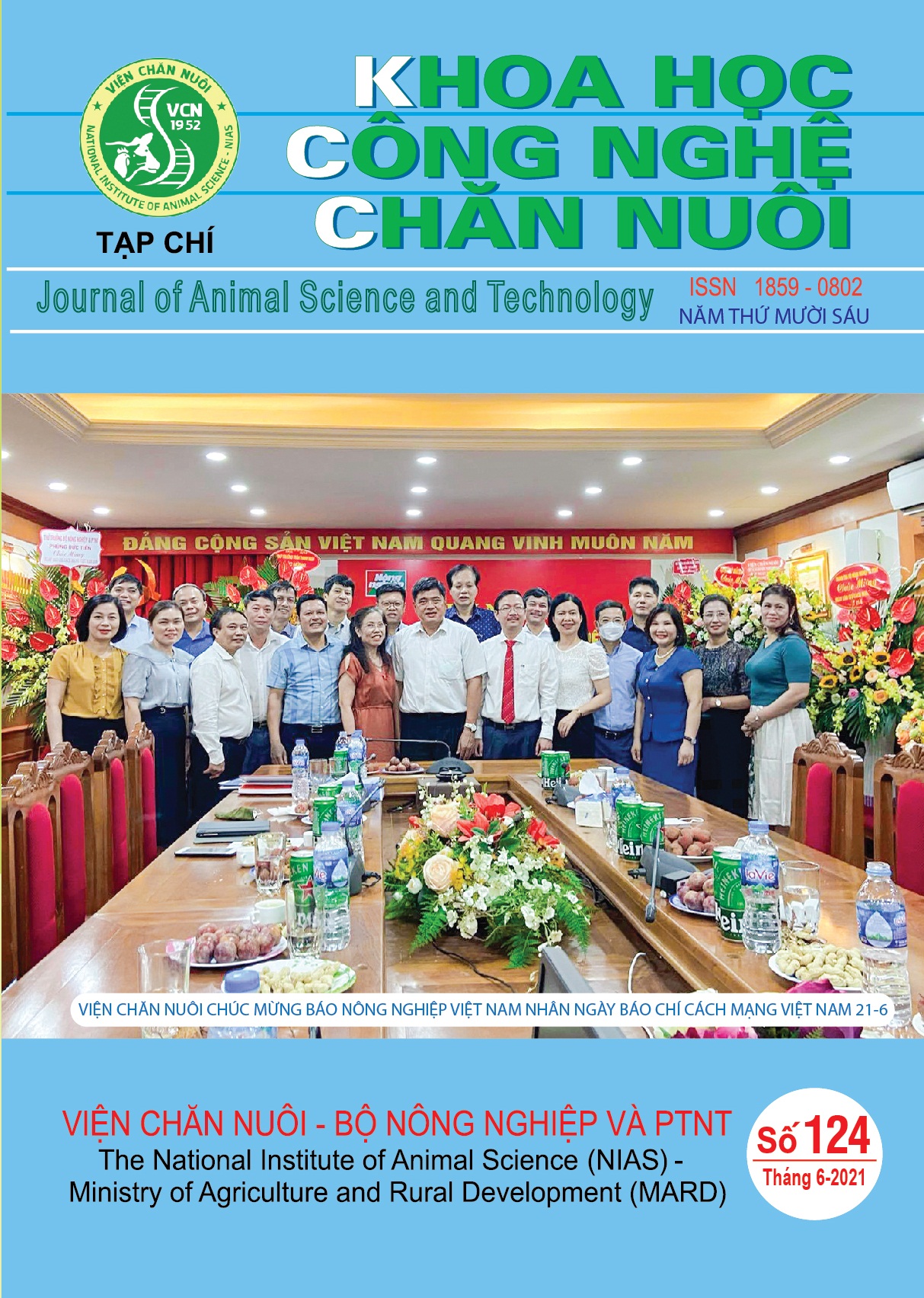Benefits of condensed tannins in forage legumes fed to ruminants
Tannin (tannic acid) belongs to the group of polyphenols, is a compound with a complex structure and is divided into 2 groups of hydrolyzed tannins and concentrated tannins (CT). Tannins (polyphenols) are present in most plants and are abundant in coffee, tea, grapes, licorice, berries, chestnuts, legumes, etc. Depending on the plant source, the composition and structure of tannins are also different very big difference. Beneficial animal responses to tannin concentrates when concentrations are consistent are improved growth, milk production, fertility, and reduced methane emissions and ammonia volatilization from feces or urine. Most important is the forage's ability to resist the effects of parasitic roundworms in the digestive tract. Animal responses were variable to tannin concentrates, which were initially attributed to dietary CT concentrations, but recent research has highlighted the importance of their molecular structure, as well as their concentrations, and also composition of diets containing concentrated tannins. The importance of CT structural features cannot be underestimated. Interdisciplinary research is key to elucidating the relationship between CT characteristics and biological activities and will allow for better exploitation of these natural plant compounds in livestock farms. Research is also needed to provide plant breeders with guidance and as a screening tool to optimize CT traits in forage and livestock diets. In addition, there is a need to improve the competitiveness and agronomic profile of legume-containing tannin concentrates and the understanding of options for inclusion in ruminant diets. This review includes recent results from the multidisciplinary study of sainfoin (Onobrychis Mill. Spp.) and provides an overview of current developments with several forages, particularly especially legumes.

